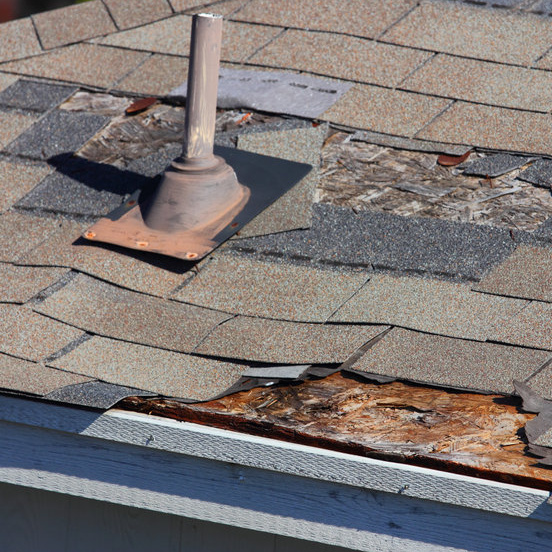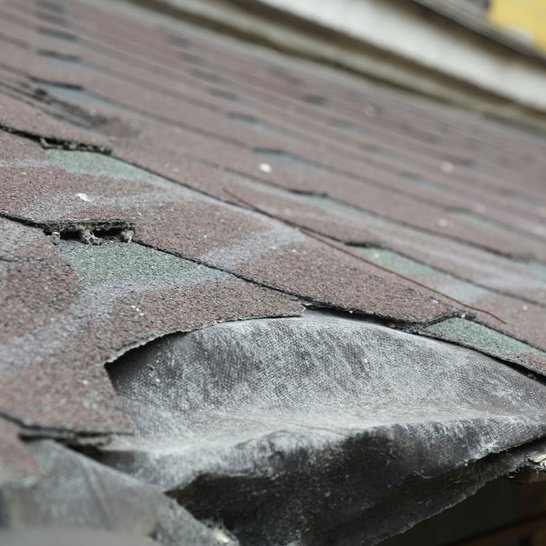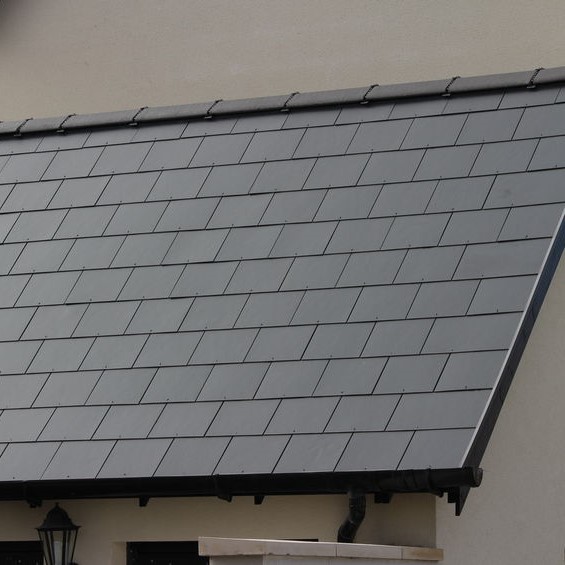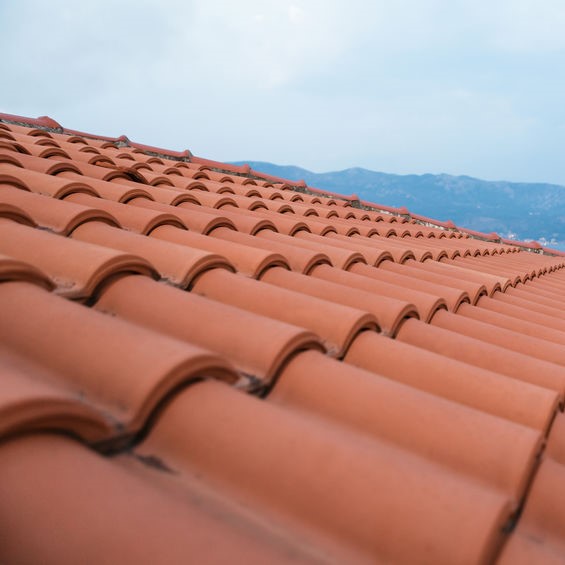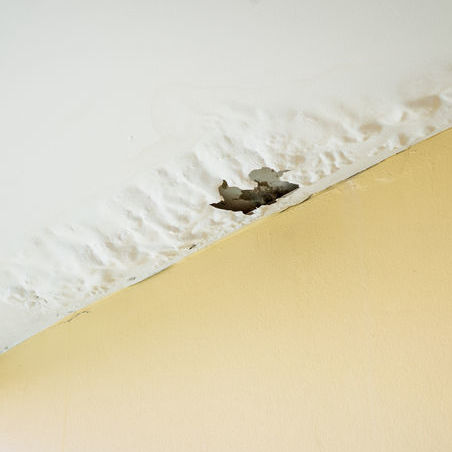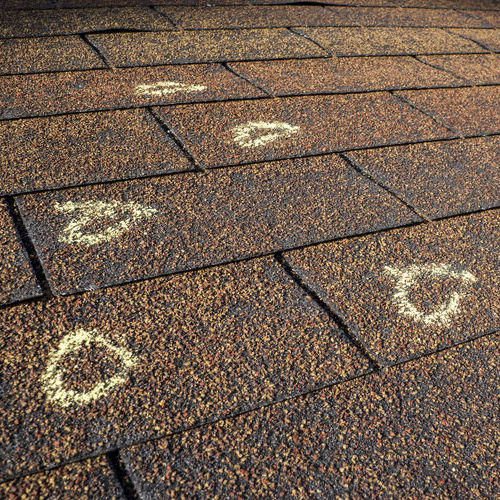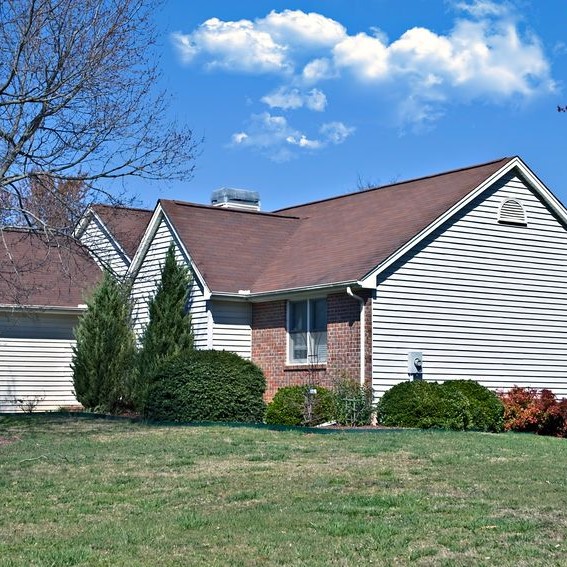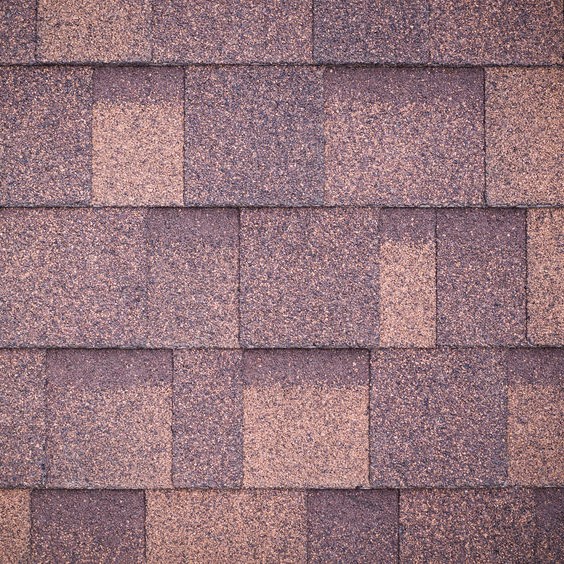
And what size hail can damage a roof?
The Lone Star State is accustomed to hailstorms – and the hail damage roof repairs that come along with those storms. Not every hailstorm will leave behind damage, so bearing that in mind, what size hail does it take to damage a roof?
It isn’t necessarily the size of a hailstone when it comes to damage. There are several factors that need to be in place for hailstorm damage to happen such as the roofing materials, how old the roof is, how long the hailstones were coming down, and other factors before hail damage roof repair or replacement is needed.
There is no doubt that a hailstorm can prove destructive, and the size of the hailstone influences how much hail damage roof repair is needed. Overall, the size of the hailstone is the biggest factor as to what extent of damage results. Even the smallest hailstones can cause damage if the angle and velocity are just right. Some examples of the damage certain sizes of hailstones can cause:
- Dime-Sized Hailstone – Most of the time, this size is harmless, but if the roof is older and the hailstone has the right angle and velocity, it can tear the shingle off an asphalt roof, requiring hail damage roof repair or replacement.
- Quarter-Sized Hailstone – Hailstones ranging from 1 inch to 1.25 inches in size, approximately the size of a quarter, aren’t always going to cause damage or harm. Again, the angle and velocity it comes down with can leave you with a hail damage roof repair job if your roof is aged and weak or made of low-quality material.
- Half Dollar Sized Hailstone – A hailstone that is larger than one inch is going to be destructive and depending on the angle and velocity it comes in at, it can be highly destructive to homes, cars, and more. This size of hailstone will damage the shingles, dent a metal roof, and break tiles on a tiled roof.
Any hailstones larger than two inches in diameter can leave behind devastating damage. Consider a baseball or tennis ball coming in at you from 30,000 feet above as fast as 70 mph or faster.
Is hail damage on a roof serious?
Absolutely! Hailstones of any size, as we mentioned above, can leave the needs for hail damage roof repair from a minimal amount to a completely new roof replacement. A hailstone bruises or cracks asphalt roofing shingles, leaving your roof vulnerable to water getting under the shingles and into your home, which can cause even more damage.
So – how to find hail damage on a roof?
Familiarize yourself as to what roof hail damage looks like first. There is a difference between roof hail damage vs blistering vs aging, and your homeowner’s insurance isn’t going to pay for the aging or blistering, which is considered normal wear and tear.
The following four things are indication that you may need hail damage roof repair or replacement:
- Inspect the outer unit of the air conditioning system or the window units.
- If they have dents, then your roof probably does too.
- Look along the edge of the roof from a ladder and see if any shingles are “bald” meaning they are missing the asphalt granules. Check if the gutters, flashing, or the shingles have dent. Keep in mind that the untrained eye like a roofing contractor or insurance adjuster may miss some indications.
- Are the downspouts filled with granules? Are there cracks or dents on the downspouts?
When should you check these things? You want to check and see if there is a need for hail damage roof repair immediately after a hailstorm. Otherwise, you should check your roof after any significant weather event that consists of high winds or hard rains. A visual inspection is recommended for homeowners once a month and once a year with a professional roofing contractor.
How long can a roof last with hail damage?
How long a roof will last is based on the age and condition of the roof prior to the hailstorm. Once you have found that your home needs hail damage roof repair, contact a roofing contractor to inspect the roof, and then call your insurance company to file a claim. A good roofing contractor can help with this as well.
The insurance company will send an adjuster out to inspect the roof in the same manner as the roofing contractor. Ask the roofing contractor to be present with the adjuster if possible. Often an adjustment may overlook something the contractor found. Most homeowner insurance policies provide a 24-month period for a claim to be filed. However, you should verify this with your own agency and policy.
Should I replace my roof after hail damage?
This is a common question that homeowners will ask themselves and the roofing contractor. If the roof is damaged, it should be addressed with either a hail damage roof repair or replacement. It should not be ignored. Beside for the safety of your home, there are two key reasons why you should have any hail damage roof repair or replacement done:
One: After your insurance company has paid for the repair or replacement, if you don’t have the work done and another hailstorm damages it again, they will not pay for another hail damage roof repair or replacement.
Two: If you don’t file a hail damage roof repair or replacement claim, and you have another hailstorm come along that does more damage, or any type of additional damage happens, the insurance adjust will deny the claim based on homeowner negligence.
So, the most asked question of “Does insurance cover roof damage from hail?”, it will depend on number two that we just mentioned. If the adjuster feels the roof has been neglected, meaning you haven’t made repairs or maintained the roof, they will deny your claim.

At The Top of It All – What is the best roof for hail damage?
Rubber! Yes, rubber is the best hailstone-resistant roofing solution. A rubber roof offers not only impact resistance but is energy absorbent. Think of the tires on your car and put that rubber on your roof! Talk to your local roofing contractor about the options they offer in rubber roofing material and you could end your need for hail damage roof repairs forever!






